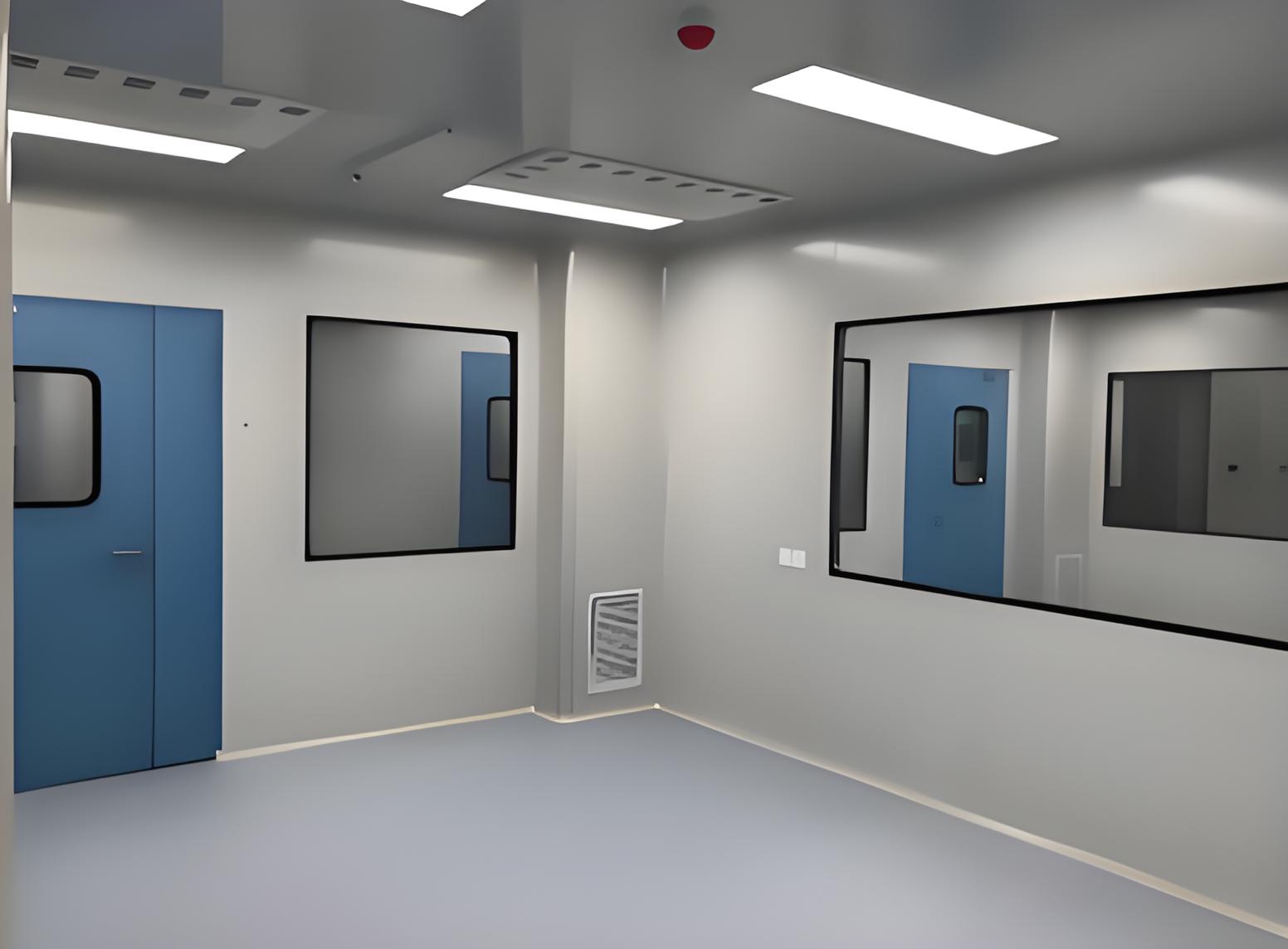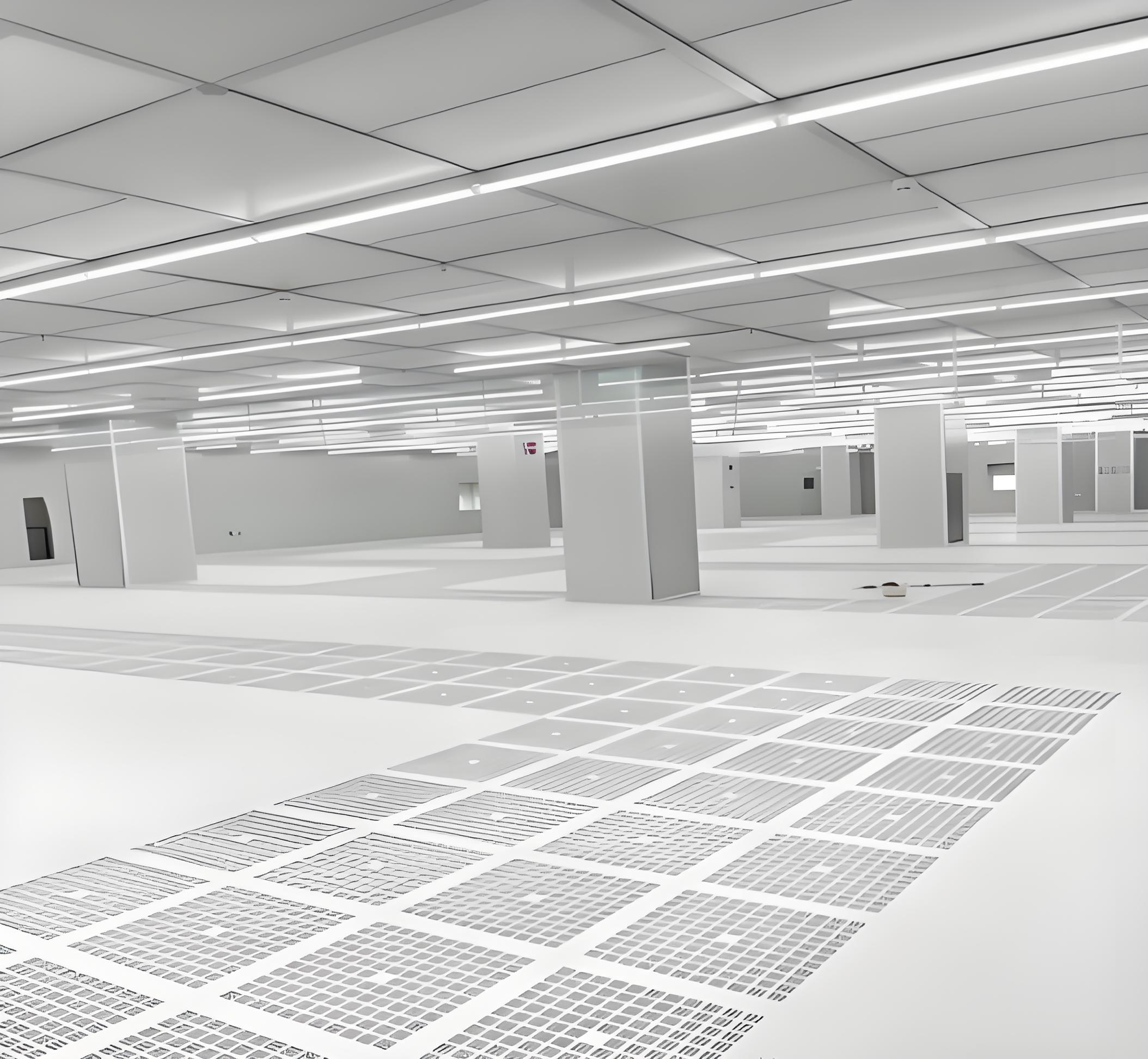




In the rapidly evolving biotechnology industry, maintaining sterile and controlled environments is paramount. A biotech cleanroom serves as the foundation for research, development, and production processes where even microscopic contaminants can compromise results. This article delves into the critical aspects of Biotech Cleanroom Engineering, explores the nuances of Biopharmaceutical Cleanroom Engineering, examines key principles of biotech cleanroom design, and highlights the benefits of turnkey cleanroom solutions. Additionally, we address common challenges faced in these projects, providing insights for professionals seeking to optimize their facilities. With the global biotech sector expanding, understanding these elements is essential for ensuring compliance, efficiency, and innovation.

A biotech cleanroom is a controlled environment designed to minimize pollutants such as dust, airborne microbes, and chemical vapors. These spaces are vital in biotechnology for activities like gene editing, vaccine production, and cell culture, where purity directly impacts safety and efficacy. The concept of cleanrooms dates back to the mid-20th century, but advancements in Biotech Cleanroom Engineering have revolutionized their applications. Today, they are classified by ISO standards based on particle counts per cubic meter, with stricter classes (e.g., ISO 5) required for high-risk processes. The importance of a well-executed biotech cleanroom design cannot be overstated—it ensures regulatory compliance (e.g., with FDA or EMA guidelines), protects products from contamination, and safeguards personnel. As biotech ventures into personalized medicine and advanced therapies, the demand for sophisticated cleanrooms continues to grow. This section sets the stage for exploring the engineering and design principles that make these environments possible, including the rise of integrated turnkey cleanroom solutions that streamline deployment.
Biotech Cleanroom Engineering involves the application of mechanical, electrical, and environmental principles to create and maintain sterile conditions. This discipline focuses on systems like HVAC (Heating, Ventilation, and Air Conditioning), which controls temperature, humidity, and air filtration. High-Efficiency Particulate Air (HEPA) or Ultra-Low Penetration Air (ULPA) filters are central to this, removing 99.97% of particles as small as 0.3 microns. Engineers must also consider airflow patterns—laminar flow is often used in biotech cleanroom design to ensure unidirectional air movement, reducing turbulence and particle accumulation. Pressure differentials are another key aspect; positive pressure prevents contaminants from entering, while negative pressure contains hazardous materials. In Biopharmaceutical Cleanroom Engineering, these elements are tailored to drug manufacturing, where Good Manufacturing Practices (GMP) require rigorous validation. For instance, engineering controls might include real-time monitoring systems for particles and microbes. A holistic approach to Biotech Cleanroom Engineering also encompasses energy efficiency, as these facilities can be power-intensive. By integrating smart technologies and sustainable practices, engineers can reduce operational costs while maintaining sterility. This foundation is crucial for anyone involved in planning or upgrading a biotech cleanroom, as it directly impacts functionality and compliance.
Biopharmaceutical Cleanroom Engineering is a specialized subset that addresses the unique needs of drug development and production. Unlike general biotech applications, biopharma cleanrooms must adhere to stringent regulations like those from the FDA's Current Good Manufacturing Practices (cGMP). This involves designing for aseptic processing, where products (e.g., monoclonal antibodies or vaccines) are sterile-filled into containers. Key considerations include material flows to prevent cross-contamination, with separate zones for different processes. For example, a typical biotech cleanroom design for biopharma might incorporate airlocks, gowning rooms, and classified areas (e.g., ISO 7 for background spaces and ISO 5 for critical zones). Biopharmaceutical Cleanroom Engineering also emphasizes personnel training and hygiene, as human activity is a major contamination source. Engineering solutions like automated systems and robotics can minimize human intervention, enhancing sterility. Additionally, these cleanrooms often require validation protocols, including Installation Qualification (IQ), Operational Qualification (OQ), and Performance Qualification (PQ). The trend toward flexible facilities that can handle multiple products—such as those for cell and gene therapies—highlights the need for adaptable Biotech Cleanroom Engineering. By focusing on these specifics, companies can mitigate risks and ensure product safety in a highly regulated landscape.
Effective biotech cleanroom design is a multidisciplinary process that balances functionality, compliance, and cost. It begins with a risk assessment to determine the appropriate ISO class and layout. Core elements include wall and ceiling materials (e.g., smooth, non-shedding surfaces like stainless steel or vinyl), flooring (conductive for static control), and lighting (sealed fixtures to prevent particle accumulation). The design must facilitate easy cleaning and maintenance, with rounded corners and minimal seams. In Biotech Cleanroom Engineering, spatial planning is critical; workflows should be logical to minimize movement and contamination. For instance, a single-pass design where materials and personnel move in one direction can enhance efficiency. biotech cleanroom design also integrates utilities like purified water systems and gas lines, ensuring they are accessible yet isolated from clean areas. When it comes to Biopharmaceutical Cleanroom Engineering, design often includes barriers such as isolators or restricted access barrier systems (RABS) for high-potency compounds. Computational fluid dynamics (CFD) modeling is increasingly used in biotech cleanroom design to simulate airflow and optimize performance before construction. Moreover, sustainability is becoming a priority, with designs incorporating energy recovery systems and green materials. A well-thought-out biotech cleanroom design not only meets regulatory standards but also supports scalability, allowing for future expansions or modifications as research evolves.

Turnkey cleanroom solutions offer a comprehensive approach to cleanroom implementation, where a single provider handles everything from design and construction to validation and maintenance. This model is gaining popularity in the biotech sector due to its efficiency and reduced risk. For a biotech cleanroom project, turnkey cleanroom solutions begin with consultation to understand specific needs, such as ISO class requirements or integration with existing facilities. The provider then manages Biotech Cleanroom Engineering, including HVAC and control systems, followed by biotech cleanroom design and procurement of materials. Construction is coordinated to minimize downtime, with modular options allowing for quick assembly. Post-installation, services often include training and ongoing support. The benefits are manifold: cost savings from streamlined processes, faster time-to-market, and ensured compliance through expert oversight. In Biopharmaceutical Cleanroom Engineering, turnkey cleanroom solutions are particularly valuable for meeting tight regulatory deadlines. They also accommodate customization—for example, adapting to unique processes like bioreactor integration. However, selecting the right provider is crucial; they should have experience in Biotech Cleanroom Engineering and a track record of successful projects. By opting for turnkey cleanroom solutions, companies can focus on their core research rather than complex construction logistics, making it an ideal choice for startups and established firms alike.
Despite advancements, biotech cleanroom projects often encounter challenges that can delay timelines or increase costs. One frequent issue is inadequate planning in biotech cleanroom design, leading to inefficient layouts or non-compliance with regulations. For example, poor airflow design can result in "dead zones" where particles accumulate, compromising sterility. In Biotech Cleanroom Engineering, mechanical failures in HVAC systems are common, especially if maintenance is neglected; this can cause pressure losses or humidity fluctuations. Contamination control remains a top concern, with sources including personnel (e.g., improper gowning) or materials introduced into the cleanroom. Biopharmaceutical Cleanroom Engineering faces additional hurdles, such as evolving regulatory standards that require frequent updates to facilities. Budget overruns are also typical, particularly when unexpected issues arise during construction of a biotech cleanroom. Another problem is the integration of new technologies with existing infrastructure, which can be complex in turnkey cleanroom solutions if not properly scoped. To mitigate these, experts recommend involving engineers early, conducting thorough risk assessments, and opting for modular biotech cleanroom design for flexibility. Regular audits and staff training are essential for long-term success. By anticipating these common problems, stakeholders can proactively address them, ensuring their biotech cleanroom operates reliably and efficiently.
In summary, a biotech cleanroom is a critical asset in modern biotechnology, driven by sophisticated Biotech Cleanroom Engineering and tailored biotech cleanroom design. The specialization in Biopharmaceutical Cleanroom Engineering underscores the need for industry-specific approaches, while turnkey cleanroom solutions offer a practical path to implementation. Despite challenges like contamination and regulatory compliance, ongoing innovations—such as IoT-enabled monitoring and sustainable designs—are shaping the future. As biotech continues to advance, the role of these cleanrooms will only expand, emphasizing the importance of investing in robust engineering and design. By understanding these elements, professionals can create environments that foster breakthrough discoveries while maintaining the highest standards of safety and efficiency.
This article has provided a comprehensive overview, highlighting key aspects and common issues. For those planning a biotech cleanroom project, collaborating with experienced partners in Biotech Cleanroom Engineering and considering turnkey cleanroom solutions can lead to successful outcomes. The evolution of cleanroom technology promises even greater precision and adaptability, supporting the next wave of biotechnological innovations.